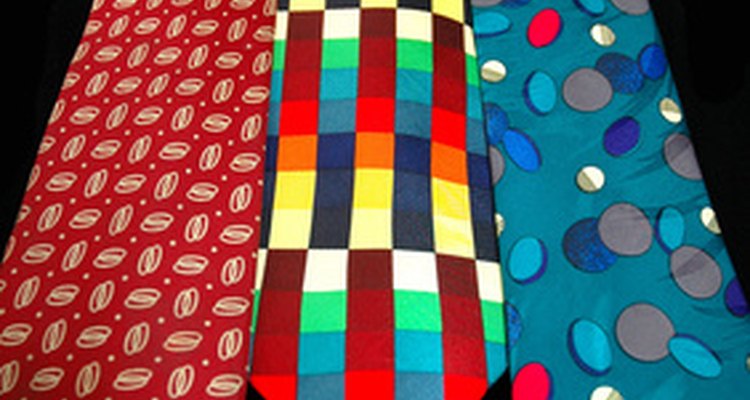
Screen printing is a means of imprinting visual images onto a piece of clothing or other fabric. The process entails the use of various inks and screen, stencils and a squeegee. Every color a visual image represents requires its own stencil and squeegee application. Once the image is applied to the fabric the material is dried and the process continued with an alternate fabric. Fixing screen printing mistakes is a tall task. While limited help is available once the ink is on the fabric, mistakes can be corrected in later applications by following a few simple tips.
Mix inks carefully. Thoroughly mixing inks reduces the thickness of the ink and prevents blotting. Mixing PVC ink with its plasticizer counterpart thins out the ink. Thin ink is easier to handle and manipulate with a squeegee.
Angle the squeegee properly. Maintain a consistent 45 degree angle when applying ink to the screen. Ink coats smoothly at this angle and is easy to control. At an angle of 60-degrees or more, ink settles onto the squeegee blade, thus reducing flow. An angle of 30-degrees or less results in ink spillage and excessive deposits onto the fabric.
Blot ink fast. Excessive ink stains on fabric are unfixable if they are allowed to dry. Dab a clean, absorbent cotton cloth straight down onto the spot where ink is overly heavy until the spot is even with other layers or ink or removed. Blot repeatedly until the ink is gone. You must blot while the ink is wet to maintain a chance to correct the mistake.
Related Articles

What Is the Difference Between Tattoo ...

How to Remove Ink From Nylon

How a Tattoo Stencil Is Made
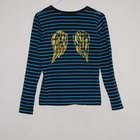
How to Remove Screen Printing From ...

How to Get Fashion Tape Off of Clothes

How to Repair Torn Vinyl Clothing
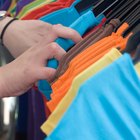
How to Remove Silk Screening From ...

The Best Way to Remove Hair Dye

Gel Frosting Tricks
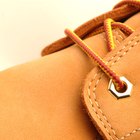
How to Clean Colored Suede

How to Get Wrinkles Out of Rayon & ...

How to Remove Crayola Paint From ...

How to Make Shiny Icing for Cookies ...

How to Waterproof a Canvas Jacket

How to Get Liquid Eyeliner off Clothes

Care Instructions for Voile Fabric

How to Get Paint Stains Out of Clothes

How to Remove Iron-On Hemming Tape
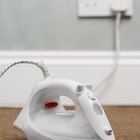
How to Fix Peeling Ink on Shirts
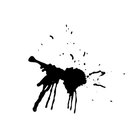
How to Remove Permanent Marker From ...
References
Writer Bio
Jeffery Keilholtz began writing in 2002. He has worked professionally in the humanities and social sciences and is an expert in dramatic arts and professional politics. Keilholtz is published in publications such as Raw Story and Z-Magazine, and also pens political commentary under a pseudonym, Maryann Mann. He holds a dual Associate of Arts in psychology and sociology from Frederick Community College.
Photo Credits
colourful neck ties1 image by Warren Millar from Fotolia.com